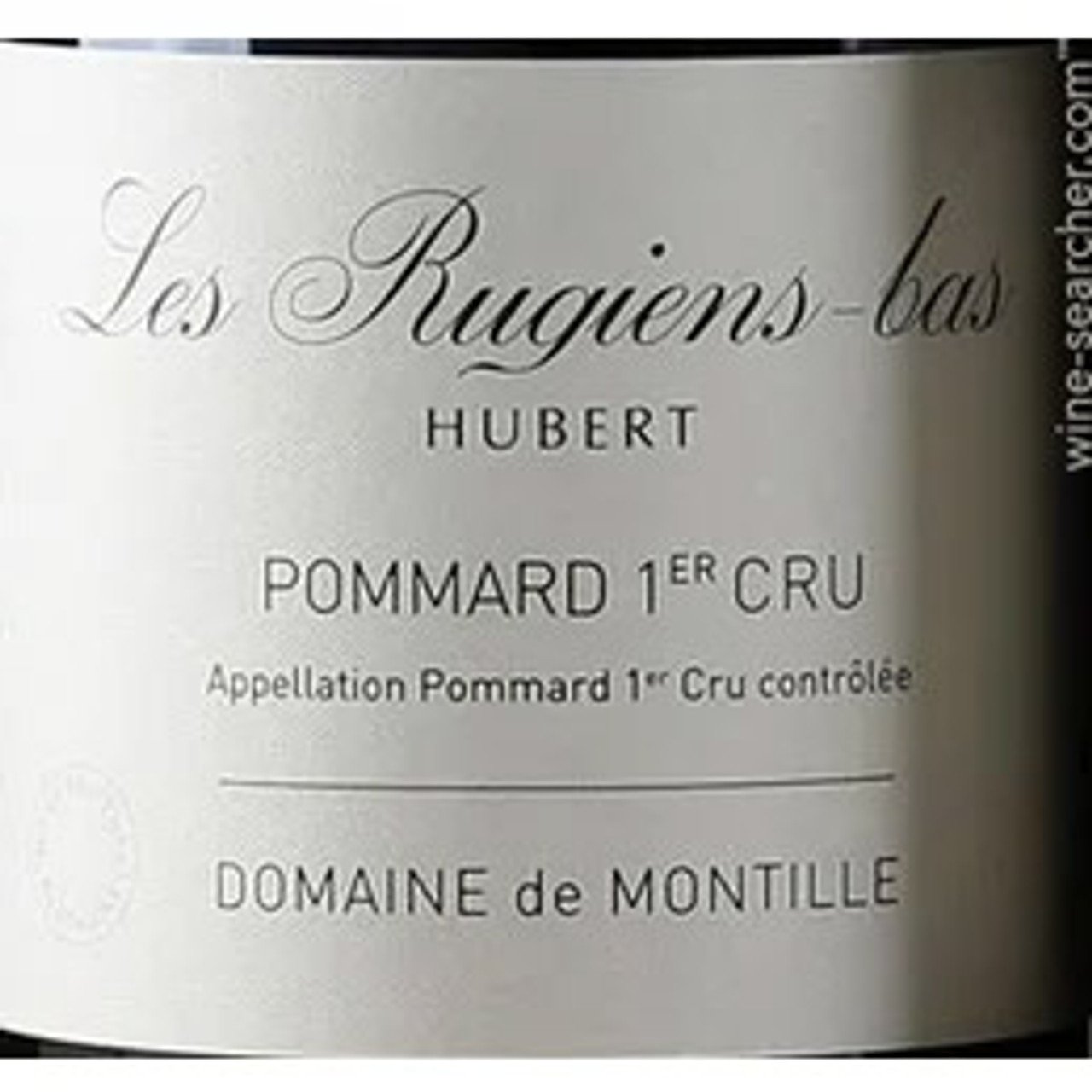Pommard
Dark, Rustic, Earthy
One of the best-known appellations in the eighteenth and nineteenth centuries, Pommard prices were more or less on par with wines of the Cotes de Nuits. Pommard was known as a masculine, rustic, earthy wine that was also durable. However, despite this history, the wines have not enjoyed the upward mobility of other Cote d’Or appellations, such as Volnay. One of the biggest reasons is the soil underfoot.
Iron-rich and dense, the clay-laden soils make for the dark-colored rustic wines that are a hallmark of Pommard. These wines were fashionable in a day when such wines were harder to come by. But in today’s sunny new world, color and weight are less valued. People want Musigny, Volnay, perfume, refined tannis. The new generation will have to find out the way to render these wines to be more palatable and more attractive. It’s a question of farming, winemaking, and extraction.
But this is only part of the Pommard story. Higher on the slopes sit some exceptional vineyards, headlined by Rugiens, which lies on the southern half of the appellation, near the border with Volnay. The name comes from the color red, owing to a good dose of iron in the soils. There’s been talk of elevating Rugiens to Grand Cru status. There are also other bright spots - Epenots, on the north side next to Beaune, have been constant candidate for upgrade. The soil is not red, but runs from a more classic whitish marl on the Beaune border, and wines from here can be more lithe and elegant, with the Grands Epenots producing more robust and structured wines. These sites represent the potential of Pommard.
TASTING NOTES
Classic, generic Pommard is dark, rustic wine that can be quite chunky with rustic tannins, dark fruit flavors, and an earthy grit. However, there’s a lot of expression, and good producers can do well enough here. In certain vintages, the fruit will emerge in a supple, graceful wine, but in others it reverts to its tougher, more muscular form.
TOP PRODUCERS
Domaine de Montille
Pommard has long been a stable of de Montille, even if it’s not their most famous wine. In recent years, bottles of Rugiens from vintages like 1978 and 1971 have been astonishing, a testament to the power of Pommard when placed in the right hands.
Benjamin Leroux, winemaker
COMTE ARMAND
This storied producer’s name really rests on the Clos des Epeneaux. But it also rests on the winemakers who helped pull it from a long torpor - first Pascal Marchand in 1985 and since 1999, the phenom Benjamin Leroux.
DETAILED MAP
Source: Rajat Parr, The sommelier’s atlas of taste (2018); https://www.bougogne-wines.com


